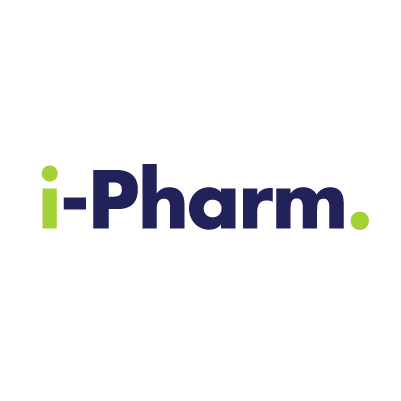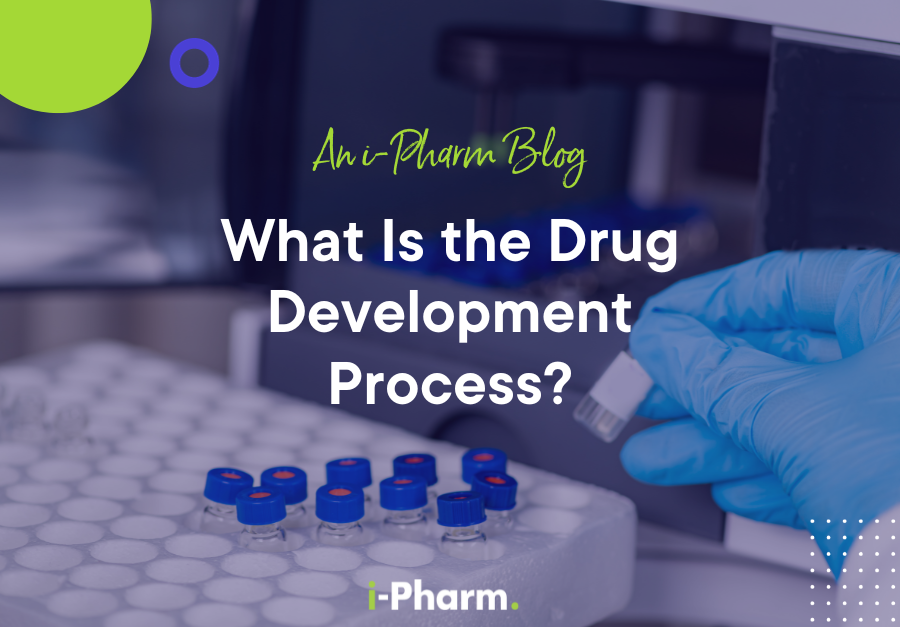The Future of Pharma Regulations
04 Feb, 20237 MinutesThe future of pharmaceutical regulations is an important topic that will have a significant ...

The future of pharmaceutical regulations is an important topic that will have a significant impact on the development and distribution of drugs and other therapies. As the healthcare industry continues to evolve, regulatory bodies and pharmaceutical companies will need to adapt to new technologies, changing patient needs, and a variety of other factors. In this blog, we will explore some of the key developments that are likely to shape the future of pharmaceutical regulations. Understanding these trends will be crucial for regulatory bodies, pharmaceutical companies, and other stakeholders as they navigate the rapidly evolving world of drug development and approval.
Here are a few possible developments that we might see in the coming years:
1. Adopting a centralised Regulatory strategy:
One approach that could improve the efficiency and effectiveness of pharmaceutical regulation is the adoption of a centralised regulatory strategy, as we have seen in the European Union. Under this approach, a single regulatory body is responsible for overseeing the development and approval of drugs and other therapies, rather than having multiple agencies with overlapping jurisdictions.
There are several benefits to a centralised approach. For example, it can reduce duplication of effort and allow for more consistent decision-making. It also makes it easier for drug developers to navigate the regulatory process, as they only have to deal with one agency rather than multiple ones.
However, there are also potential drawbacks to centralisation. Some have argued that a single regulatory body might not have the necessary expertise or resources to effectively evaluate the wide range of drugs and therapies that are under development. There are also concerns about the potential for conflicts of interest, as a centralised regulatory body could be influenced by political or economic pressure.
2. Adopting Regulatory Information Management (RIM) transformation:
(RIM) transformation refers to the process of modernizing and improving the way that regulatory information is collected, stored, and shared within an organization. This can involve a variety of measures, such as implementing new software systems, standardizing data formats, and streamlining processes.
The goal of RIM transformation is to make it easier for organizations to comply with regulatory requirements and to more efficiently manage the regulatory aspects of their operations. By streamlining RIM processes, companies can reduce the risk of errors, improve efficiency, and better respond to changing regulatory requirements. Many organizations are now making the investment in RIM transformation to improve their regulatory compliance and overall operations.
3. Increased use of artificial intelligence and machine learning:
These technologies have the potential to streamline the drug development process, making it faster and more efficient. For example, AI could be used to analyse data from clinical trials, predict potential side effects, or identify patterns that might indicate a drug's effectiveness. One example of this is the use of AI to analyse data from clinical trials. In 2018, the FDA approved the first AI-powered device for use in the diagnosis of diabetic retinopathy, a condition that can lead to blindness. The device, called IDx-DR, uses machine learning algorithms to analyse images of the eye and identify early signs of the disease.
4. More personalized and targeted therapies:
As our understanding of genetics and genomics improves, it is becoming possible to develop therapies that are tailored to the specific needs of individual patients. This could involve using genetic information to predict a patient's likelihood of responding to a particular drug, or to identify the most appropriate dosage. An example of this is the use of genetic testing to guide treatment decisions. For example, certain types of breast cancer are driven by the presence of certain genetic mutations. By testing for these mutations, doctors can determine whether a patient is likely to benefit from targeted therapies such as the drug Herceptin.
5. Increased focus on patient safety:
As the use of drugs and other therapies becomes more personalized, there will be a greater need for monitoring and tracking to ensure that patients are receiving the most appropriate treatment. This could involve the use of electronic medical records and other tools to track patient outcomes and identify potential problems. One example of this is the use of electronic medical records (EMRs) to track patient outcomes. By collecting data on how patients respond to different treatments, healthcare providers can identify potential problems and take steps to address them.
Conclusion:
Overall, the future of pharmaceutical regulations is likely to be marked by a greater focus on individualized care, the use of advanced technologies, and a greater emphasis on patient safety. While there are many challenges and uncertainties ahead, these changes have the potential to greatly improve the effectiveness and accessibility of healthcare for people around the world.
i-Pharm Consulting is a leading provider of staffing services in the Regulatory Affairs space working with a large range of Pharmaceutical, Biotechnology and Contract Research Organisations.











